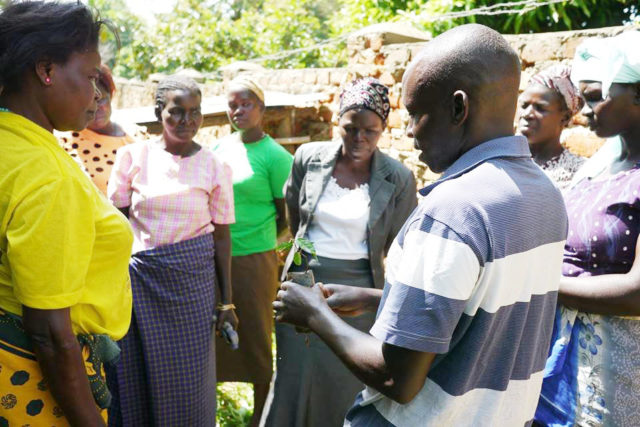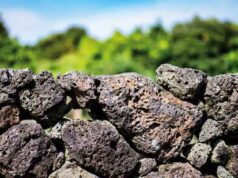By Nathan Kiwere
William Blake could not have put it more precisely: “The tree which moves some to tears of joy is in the eyes of others only a green thing that stands in the way. Some see nature all ridicule and deformity… and some scarcely see nature at all. But to the eyes of the man of imagination, nature is imagination itself.” As in human beings, I can dare to say that the beauty of the tree lies in the eyes of the beholder. On December 12, 2012 artist Taga Nuwagaba was excited about this date.
It is a classic example of a palindrome (12/12/12) – a word, phrase, or sequence that reads the same backwards as forwards. He was thrilled to have been living in such a time because it was the first time in 100 years that this date was happening. It would take another 100 years for it to be repeated – long after he is gone. As a permanent memorial of this event, he planted a tree outside of his office in Kamwokya, a Kampala suburb.
As I write this, the tree is unbelievably big and a major landmark in his office courtyard. It tattooed that date permanently in his memory. But most importantly, it inspires some of his ideas as a painter. His young children have since caught the bug; they have learnt to celebrate important days by planting a tree. So far there are several in his home compound in Kyanja a suburb of Kampala
Shared responsibility
There is no doubt every person would appreciate the value of a shade on a hot sunny day. The cool that it brings can be relished and savoured with abandon. However, there are more benefits from trees than you might think.
Except for relaxing, connecting us with nature and their calming effect, trees do a lot when it comes to the environment. If you are thinking about planting a tree around your home, keep reading to find out what trees do for our environment.
Combating climate change
If people are good at something, then it is building up excess carbon dioxide (CO2) in the atmosphere. Harmful CO2 contributes to climate change, currently the biggest problem the world has to deal with. Trees, however, help fight it.
They absorb CO2 removing it from the air and storing it while releasing oxygen. Available information indicates that annually, an acre of trees absorbs the amount of carbon dioxide equal to driving your car 26,000 miles. Trees are our main survival tools; only one tree can produce enough oxygen for four people.
Purifying air
Have you ever experienced that feeling of ‘cleaner air’ in the woods or by the lakeside? Well, you were right because it is well-known that trees purify the air. Secondary school science taught us that trees absorb pollutant gases such as nitrogen oxides, ozone, and ammonia and sulfur dioxide. Trees also absorb odors and act as a filter as little particulates get trapped in leaves. A mature acre of trees can annually provide oxygen for 18 people.
According to Phantom Forest Eco Reserve in South Africa, a human breathes about 9.5 tons of air in a year, but oxygen only makes up about 23 percent of that air, by mass, and we only extract a little over a third of the oxygen from each breath. That works out to a total of about 740kg of oxygen per year. This is about seven or eight trees’ worth.
Cooling down the streets
It is quite refreshing to take a stroll in the overly crowded streets of downtown Kampala these days and see how the authorities are transforming the streets from their erstwhile mess to tree-studded paved walkways and driveways.
We wait with baited breath to see how Kampala will not only look, but feel like when the trees being planted in the middle of a concrete jungle have matured. It is a proven fact that asphalt roads and buildings makes cities much warmer. Trees ensure cooling for cities by providing shade and releasing water.
Saving water
Except for cooling, trees also help to save water. Because of the shade they provide, water will evaporate slowly from low vegetation. Researchers on the science platform ThoughtCo assert that a fully grown tree may lose several hundred gallons of water through its leaves on a hot, dry day. The same tree will lose nearly no water on wet, cold, winter days. So water loss is directly related to temperature and humidity.
Now you can see how planting trees is beneficial to you, too. For the likes of Nuwagaba, the fascination about trees has taken him into commercial tree planting. He has since planted tens of hectares of trees in different places around the country.






















